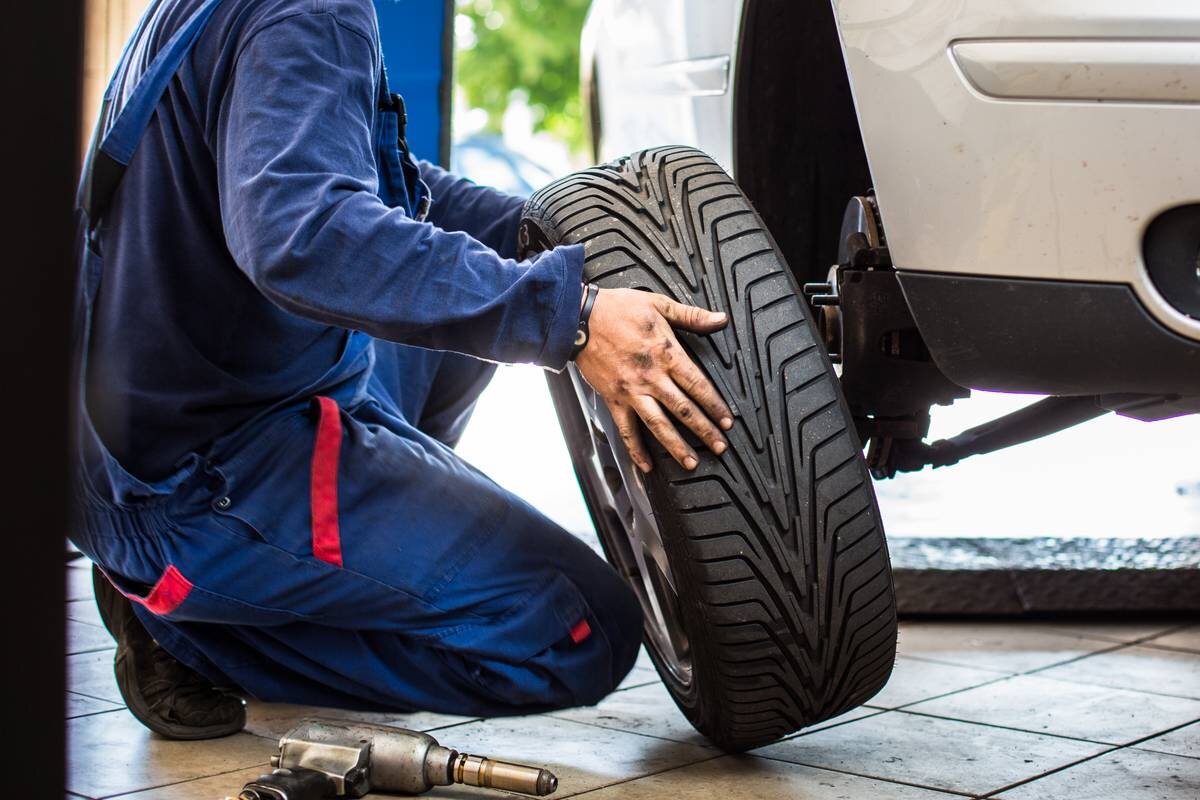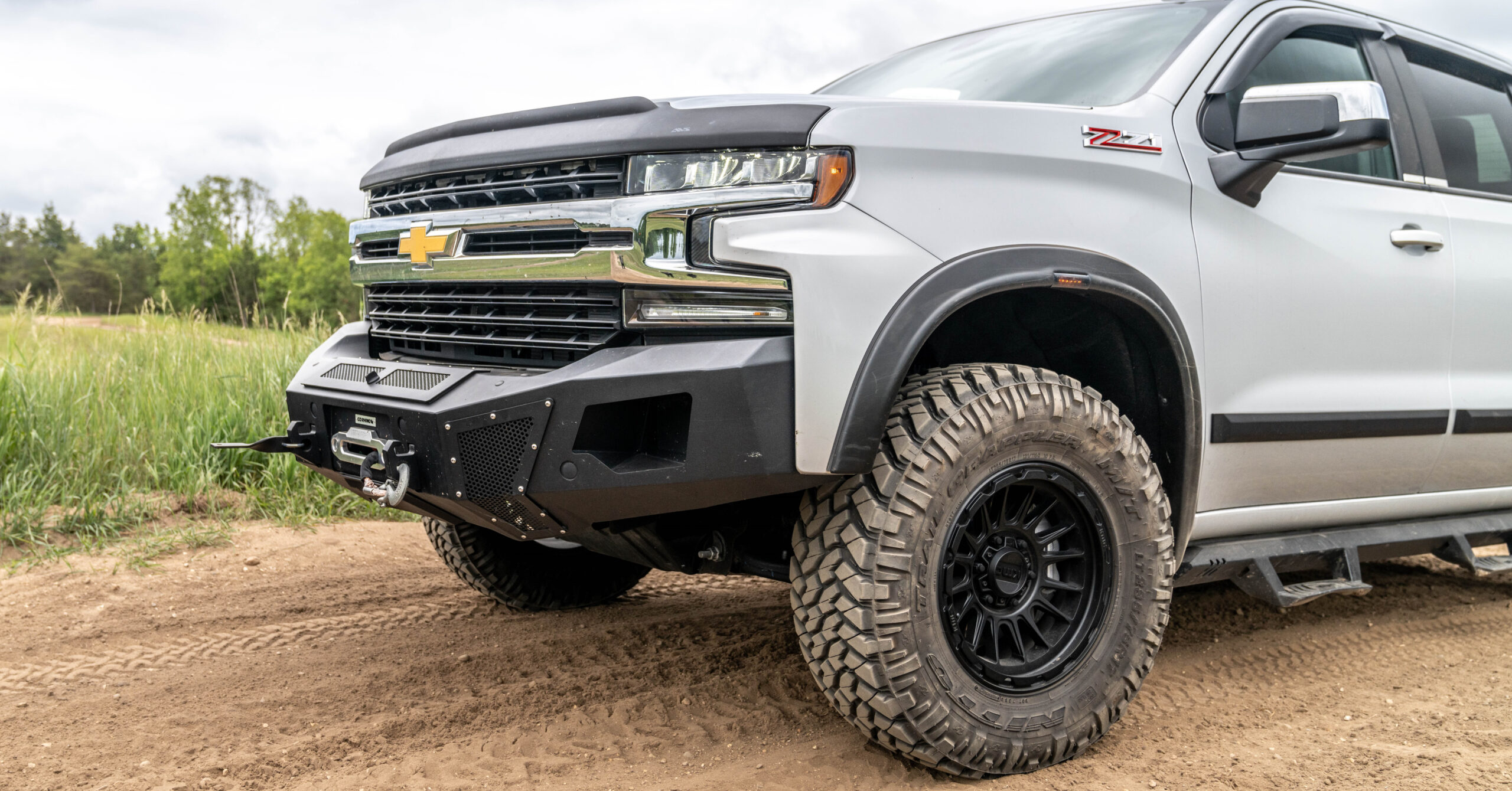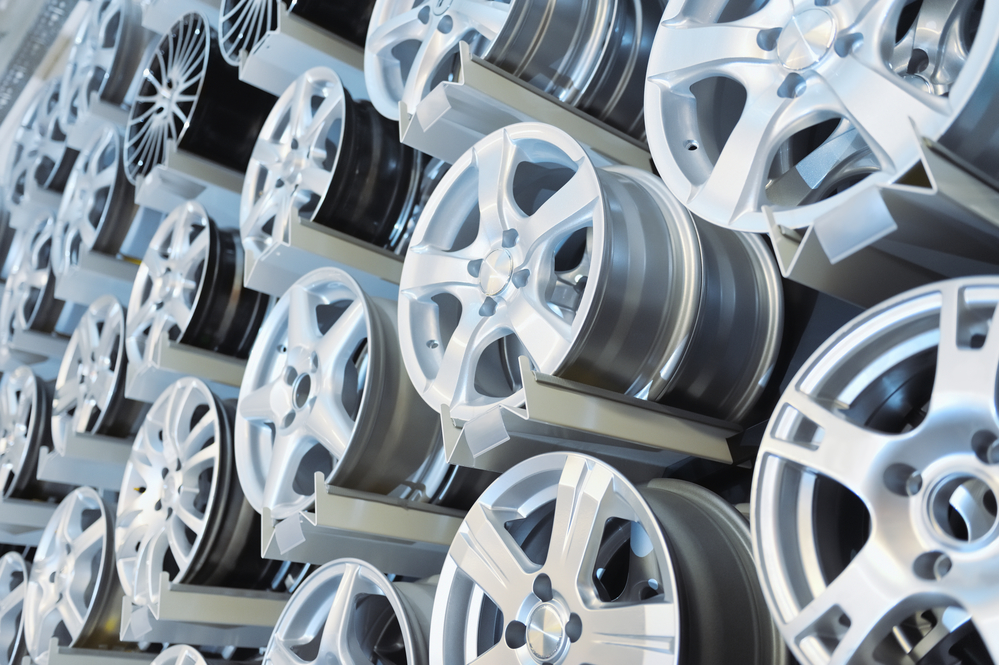Did you know that on average about 30 000 accidents happen because of tires each year? Statistics say that somewhere around five percent of all car crashes are caused by cars, meaning their malfunctions and breakages. And up to forty percent of them are related to tire problems every year.
A tire is the only outside part of your vehicle that physically contacts the road and interacts with it. They change and keep the direction in which you drive, transmit traction and support the weight of your vehicle. Proper tires have enough grip to make you feel comfortable driving in any season and condition.
Knowing the importance of tires functionality, every driver should take seriously the duty of maintaining and changing them in time. In this article we are going to learn how to take care of your tires and keep them in good condition. We’ll talk about the danger of worn-out tires and the main causes of their deterioration. You will also get a general idea about different types of tires for different seasons and environments.
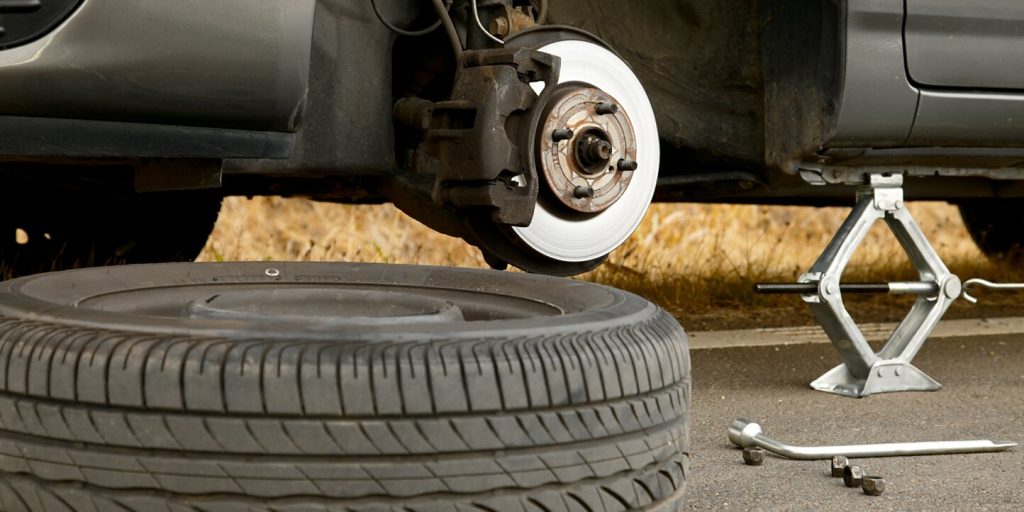
Why Do Tires Deteriorate?
First of all, it’s important to understand that tires are not created to last forever. Depending on the company’s design, they can be manufactured to last somewhere between 40 000 and 70 000 miles. Vehicle mileage is increased by 15 000 miles per year. So, a set of all-seasons tires should last somewhere around two to five years. Of course, these are approximate numbers. It all depends on the type of tires, what conditions they were working in and how well was the vehicle maintained by the driver.
Tires can wear out faster if they didn’t get enough attention throughout the year. Let’s review basic maintenance that helps your tires last longer.
Keep the proper air pressure
Driving with overinflated tires may threaten safety on the road, since it disrupts an overall stability on the road, especially when you are turning. It also makes your tires wear out irregularly.
Likewise, when your tires are underinflated, it has a significant negative effect on the steering response and stability. It puts your safety at risk, because underinflated tires can dislodge from the rim. Underinflated tires are prone to get hidden damages, which can lead to blowout. In addition, driving on tires with not enough air pressure makes you burn more fuel on less mileage.
Check your tires alignment and rotate them
Tire alignment is a necessary and important process of a check-up for every car driver. When you give your vehicle for this car service, they basically check your tires proper alignment so that when you drive straight, your vehicle wouldn’t be pulled to the side.
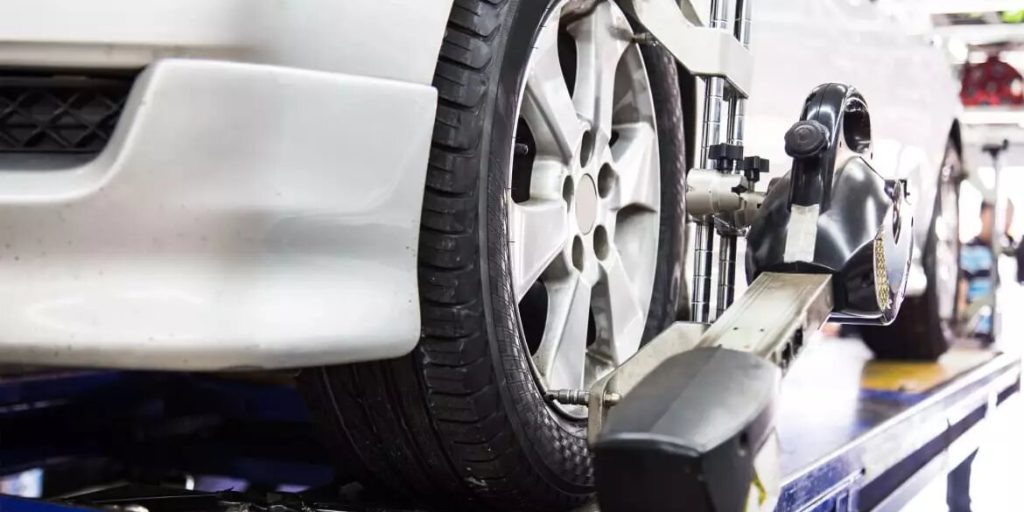
Misalignment can happen when your vehicle goes through a pothole or drives on rough, rocky surfaces. Your tires are connected to the suspension system, which is responsible for tire alignment. In addition, as the suspension systems gets old, the springs of your vehicle wear out, which can be another cause of tires misalignment.
Keeping your tires misaligned reduces overall maneuverability, which can lead to serious consequences on the road, especially on slippery surfaces. It also prolongs the life of all your tires, because when aligned correctly, they wear out much more slowly.
With tire alignment you should also do a tire rotation, which literally means that you are going to rotate your tires from one place to another. This process is necessary to control the even deterioration of your tires.
These types of maintenance should be done by professionals in the car service, and it doesn’t really cost much. You should do this once or twice a year, paying no more than five hundred dollars.
You have to use right tires for different seasons and environments
Certainly, there are all-season tires. But don’t trust advertisements that promote the tire product saying it will work perfectly both in summer and winter conditions. It may be true only for medium climate. But if you live in the area with a huge difference between weather and environment in summer and winter, you shouldn’t risk it and use different sets of tires for each season.
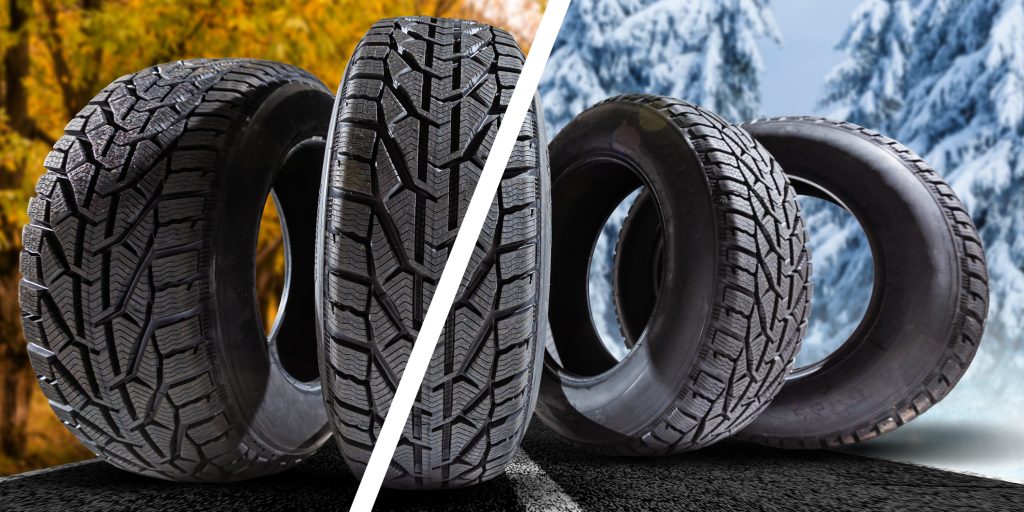
There are also different types of tires for specific cars and situations. There are tires for trucks and SUVs, tires for muscle cars and racing. If you live outside of town, you should consider using all-terrain, off-road tires for better grip and safety for the vehicle’s suspension system.
3 Mistakes that Spoil Your Tires:
- Do not use tires of different brands on one vehicle. Each manufacturer creates tires with different properties and performances. Only mix brands if you are sure they are similar.
- Do not forget to do the maintenance for your tires. Every six months you have to rotate them and check the alignment.
- Leaving your vehicle outside for too long. The excessive, direct sunlight damages the rubber structures of your tires and significantly increases the rate of deterioration.
When Do I Replace My Tires?
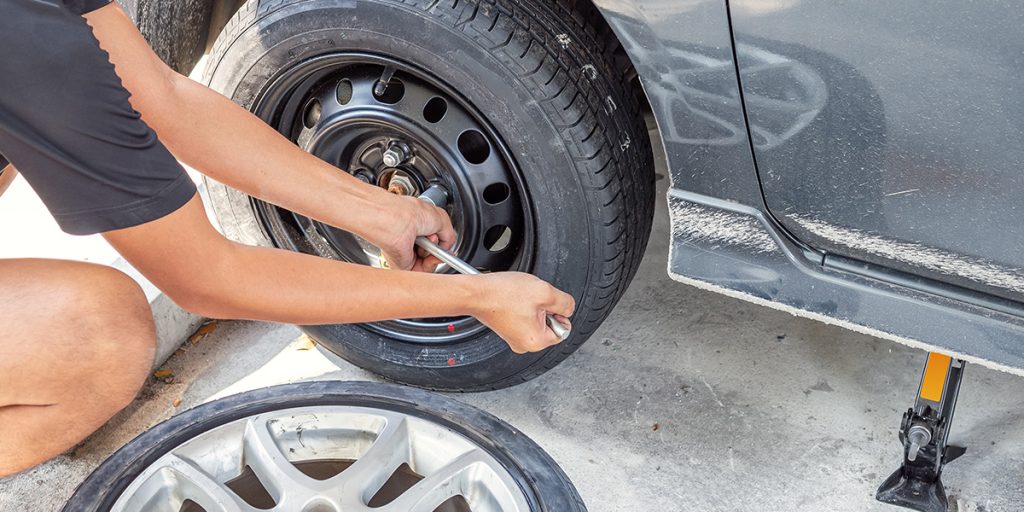
Excluding the start of each season of the year, when you have to switch between winter and summer tires, there is a time when they just get old or worn out, and there is nothing else to do but to replace them with a new set. Let’s list common signs of worn-out tires, so that you know when to replace them. Remember, if you are not sure about the condition of your tires, just check them out in the car service, so that professionals would estimate the best solution for your vehicle.
- Too much tread wear
The rubber on the tire, on the outer side of it, is called the tread, and it is responsible for contact with the road and proper traction. As time goes by, the tread wears off, which indicates that tires have to be replaced.
You can easily check the tread depth at home to determine how much they are worn out. Take a one-cent penny, make sure to hold Abraham Lincoln upside down and facing you. Insert the penny inside tire grooves in different places. If you cannot see Lincoln’s forehead, it means your tires are fine. But if the top of his head is visible in most places, it means the tire is worn off and needs replacement.
- Swelling and bubbles on the tire
Unnatural bulges and swellings on the surface mean that the inflexible, internal frame of the tire has been harmed. If that happens, the air stored inside comes out, bulging the outer rubber structures. If you notice any strange, pointwise disfigures like bubbles and bulges, it indicates that your tire has become unserviceable, and has to be replaced immediately.
- Cracks on the tire’s sidewall
As tires get old, they get covered in cracks and cuts. If your tires have been in service for more than two years, it would be a good idea to take your vehicle to a car service to let them check how old your tires are, and how much longer they can be used.
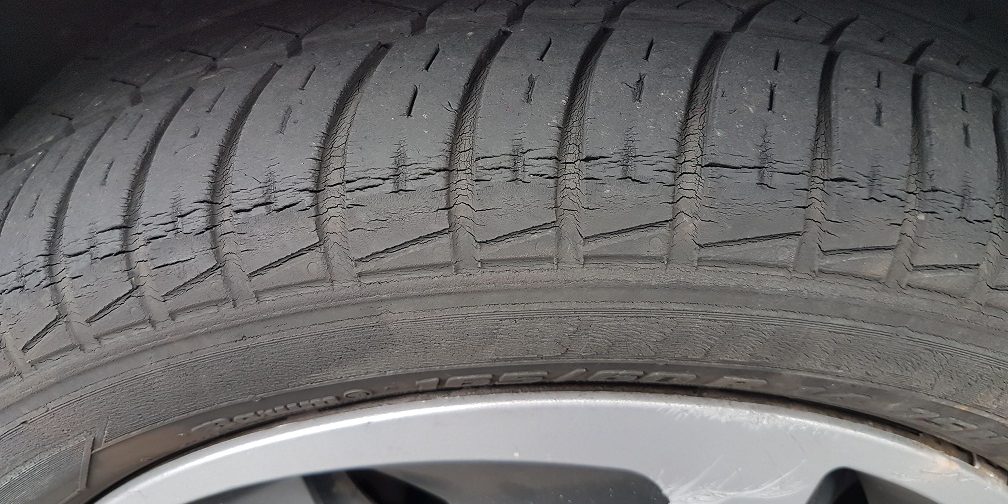
Common causes for your tires to get cuts are rocks, nails, hard glass and other sharp objects that can physically damage the rubber. Whereas tire cracks are resulted by natural conditions, like excessive sunlight, heat and exposure to ozone. Road surfactants can also cause the rubber on your tires to crack.
- Vibration in the steering wheel
Unnatural feeling of vibration, when you are driving on a smooth road, can be an indication of misaligned tires or malfunctions in the vehicle’s suspension system. It can also be a sign of unevenly worn off tires. Either way, the only solution would be to visit a vehicle service, since this is not a trouble any driver can resolve by themselves.
- Other apparent damage
Without question, if you have noticed any kind of damage on the tires, they have to be either replaced or treated in the car service. Don’t ignore nails or rocks stuck inside them. Even if you feel like the air pressure is the same, it doesn’t mean your tire is doing great. Anything can happen on the road, if there is damage done to your tires. You could have a flat tire or it can do a blow out, which may be a cause of you losing control.
Don’t Forget About Spare Tires!
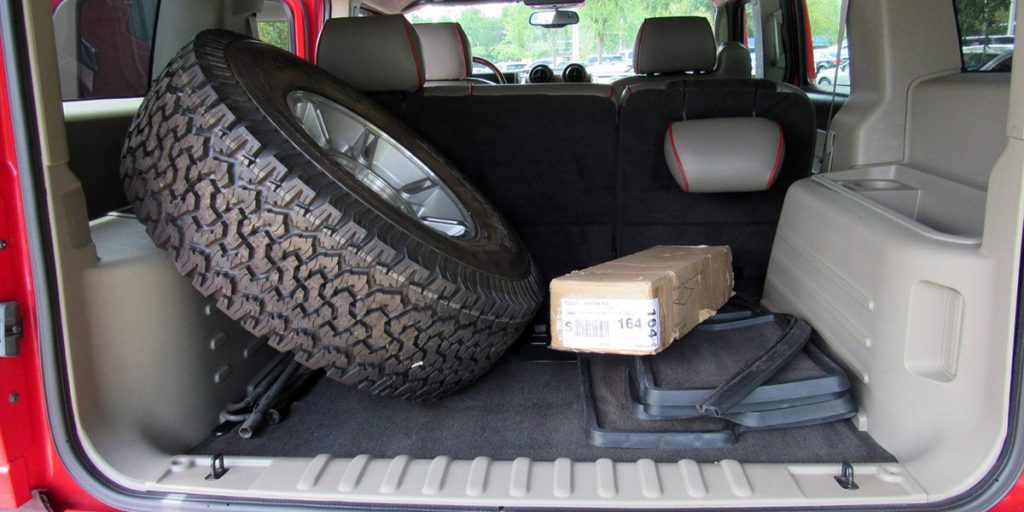
Even if a spare tire for your vehicle has never been used, it doesn’t mean that you can forget about it and hope that it would serve you well any time you install it. Actually, spare tires can deteriorate as well, putting you in a situation when you don’t have a back up plan after a tire accident on the road. Depending on the conditions, at which your spare tire has been stored, it can get cracks and cuts. Because whether or not the tire is driven or put away, the difference in temperature and humidity is still going to have an impact on the rubber. So, remember to check each tire at least once a year, even the spare one.
How Much Does It Cost to Replace the Tires?
The price for tires depends on the manufacturer and quality of the product. Inexpensive set of tires should cost somewhere around $400. An average quality would cost you approximately $800. And the best tires in market can have the price of up to $5000.
When you buy tires, especially high-end models, they can also provide you with a long mileage warranty. You may spend some money to acquire it, so that if something happens, the company that provided you with the set of tires will refund a portion of unused mileage. But it’s important to remember that a warranty only works if you have the proof that you regularly rotated your tires at the service.
The installation at the service may cost you somewhere between 80 and 200 dollars for a full set replacement.
So, When Is It Time to Replace Tires?
Ideally, when conditions are favorable and no damage has been done to the rubber or internal parts of the tire, you should change them after three to five years of service. But if any damage occurred, you shouldn’t wait and see what happens, it puts your and other people’s safety at risk. Go to the car service and let them suggest the right solution for your vehicle’s well-being.
